Amazing Bamboo uses and its facts.
While most of us know Bamboo as grass, we do not know Bamboo uses and facts.
Below are some of the facts and uses of Bamboo.
History of Bamboo.
Bamboo has an existence over Seven thousand (7000) years. According to the records, it is said that Bamboo was found in China’s Zhejiang Province. The origin of the word Bamboo comes from the Malaysian word “Mambu”. It was also named as “Bambusa” and “Bamboes” in different languages.
Is Bamboo a tree or grass?
This question has existed from the beginning. Nevertheless, Scientists and archaeologists have proved that Bamboo is technically a Type of grass. Bamboo belongs to the Bambusoideae subfamily of the perennial evergreen grass family.
Unlike the other grass species, Bamboo is the fastest growing woody grass and it is also known for being the strongest grass in the species of grass.
Habitation of Bamboo.
Bamboo is grown in different parts of the world. The native of Bamboo is found to be in Asia, South America, Africa, and some parts of North Australia. These can tolerate extreme conditions, unlike other plants and trees.
However, they don’t exist in Antarctica and Many parts of Europe. There are more than 80 types of Bamboo and there are around 1575 species identified till now.
Records.
Bamboo is in the Guinness world record for the fastest growing plant in the world. A few species of Bamboo grow at a record rate of 91 centimeters. Bamboo can grow up to 40 meters in height and range from 1 m to 30 meters in diameter.
Food
For Animals –
Pandas eat each and every part of Bamboo. That is why Pandas are also known as “Bamboo Bears” and lemurs of Madagascar also eat bamboo.
For Humans –
Bamboo is also consumed by humans. Bamboo shoots are edible and it contains Low-calorie potassium. Surprisingly, Wine is also made from bamboo. These also have medicinal values. It is used to treat for diseases like Cold, Fever, Lung diseases, Sinus and throat infections.
Mythology
In the history of Andaman Islands, the people believe humanity emerged from a bamboo stem.
Below is a story that has been narrated and believed upon.
In Philippine mythology, one of the more famous creation accounts tells of the first man, Malakás (“Strong”), and the first woman, Maganda (“Beautiful”), each emerged from one-half of a split bamboo stem on an island formed after the battle between Sky and Ocean.
In Malaysia, a similar story includes a man who dreams of a beautiful woman while sleeping under a bamboo plant; he wakes up and breaks the bamboo stem, discovering the woman inside. The Japanese folktale “Tale of the Bamboo Cutter” (Taketori Monogatari) tells of a princess from the Moon emerging from a shining bamboo section. Hawaiian bamboo (‘ohe) is a kinolau or body form of the Polynesian creator god Kāne.
A bamboo cane is also the weapon of Vietnamese legendary hero, Saint Giong, who had grown up immediately and magically since the age of three because of his wish to liberate his land from Ân invaders. An ancient Vietnamese legend (The Hundred-knot Bamboo Tree) tells of a poor, young farmer who fell in love with his landlord’s beautiful daughter.
The farmer asked the landlord for his daughter’s hand in marriage, but the proud landlord would not allow her to be bound in marriage to a poor farmer. The landlord decided to foil the marriage with an impossible deal; the farmer must bring him a “bamboo tree of 100 nodes”. But Gautama Buddha (Bụt) appeared to the farmer and told him that such a tree could be made from 100 nodes from several different trees.
Bụt gave to him four magic words to attach the many nodes of bamboo: Khắc nhập, khắc xuất, which means “joined together immediately, fell apart immediately”. The triumphant farmer returned to the landlord and demanded his daughter. Curious to see such a long bamboo, the landlord was magically joined to the bamboo when he touched it, as the young farmer said the first two magic words.
The story ends with the happy marriage of the farmer and the landlord’s daughter after the landlord agreed to the marriage and asked to be separated from the bamboo. In a Chinese legend, the Emperor Yao gave two of his daughters to the future Emperor Shun as a test for his potential to rule.
Shun passed the test of being able to run his household with the two emperor’s daughters as wives, and thus Yao made Shun his successor, bypassing his unworthy son. After Shun’s death, the tears of his two bereaved wives fell upon the bamboos growing there explains the origin of spotted bamboo.
The two women later became goddesses Xiangshuishen after drowning themselves in the Xiang River.
Some more interesting facts about Bamboo.
Dance
This dance is believed to have originated in 1st century AD. Bamboo staves are used in performing this dance, Hence it is referred as “Bamboo Dance”. Cheraw Dance is performed by 2 male dancers and 2 female dancers. This form of dance needs perfect timing sense.
The Bamboo dance is characterized by the use of bamboo staves, which are kept in cross and horizontal forms on the ground. While the male dancers move these bamboo staves in rhythmic beats, the female dancers perform by stepping in and out of the bamboo blocks. This dance is recognized as one of the oldest dances of Mizoram, the Cheraw dance has become an integral part of almost every festival of Mizoram. In the year 2010, 10736 people from Mizoram (India) set a world record for Largest Bamboo dance.
Costumes worn by the dancers are in vibrant colors. They also believe that the costumes further brighten up the sorroundings and give more energy to the dancers. Even the audience are attracted to watch them dance. Costumes worn by female dancers during the dance include Thihna, Vakiria, Kawrchei and Puanchei. These are their traditional costumes.
Bamboo dance was initially performed with the hope of providing solace to soul of a deceased mother who had left her newborn child on earth. However, today, the horizon of Cheraw dance has wide recognition and this dance is performed on every big and small occasion of Mizoram.
Paper
In the ancient age, Paper was made using Bamboo as it’s availability was abundant. It is said that Bamboo paper originated in 200 BC.
Bamboo is an amazing resource for the production of paper and paper products. Below are the reasons why bamboo is a good source of paper.
a. Bamboo fibers that are used to make paper produce a very soft paper. This paper is very soft than most recycled paper and products.
b. The paper produced from Bamboo fibers are excellent and very strong and therefore produce strong paper products.
c. The paper and the paper products from Bamboo fibers are biodegradable and they decompose quickly which is a good sign. It saves a lot of pollution.
d. Bamboo is a grasses, not hardwoods and this is one of the fastest growing grasses on earth. The average bamboo plant can grow up to 24 inches a day. Due to bamboo’s deep root system, replanting is not necessary. Once bamboo is cut, the stem is left and the bamboo can grow back in 3-4 months!
e. Bamboo is a virgin fiber. It does not require heavy bleaching of inks and dyes as in recycled paper products.
f. The most important reason is that Trees are Saved. About 27,000 trees daily are used to make toilet paper globally. Canada provides about 90% of the world’s paper pulp and this is causing the extinction of forests and trees. Bamboo can replace trees for pulp production and help to save trees and endangered forests.
g. Bamboo can grow in environments with depleted soil and little water and actually returns nutrients to the soil, improving degraded areas. Bamboo’s unique rhizome (root) system protects soil from erosion and retains moisture.
Bamboo flooring
Chinese knew the importance of the Bamboo and it’s uses. Bamboo flooring and bedding was popular in the Ming Dynasty of China during 1368.
Bamboo became popular in the international market in the early 1990s but the demand was quite less. However, the product was undeniably beautiful, but lack of education, it was hard to sell.
United states was quite familiar with the bamboo products but they were only using a few products like Poles and chopsticks.
As the time evolved the demand for bamboo products kept increasing and also people were educated about the uses of Bamboo. The demand for Bamboo flooring was scaled up. Previously people believed that wooden flooring is better comparatively than Bamboo flooring but the perception of the people changed when it was proved that bamboo is as a viable flooring option with a hardness rating comparable to most hardwoods and a sustainability factor that makes it a green choice was a slow process.
However bamboo has become a very popular choice in flooring today. Beauty and durability makes it aesthetically pleasing and practical, while fast-growing sustainability makes it a satisfying substitute for old-growth hardwoods that can take 30 or more years to mature.
There are a few advantages of having Bamboo flooring.
a. It is Easy to maintain. Regular sweeping and vacuum can keep the floor clean and tidy. Bamboo floor cleaners are available in the market in case someone wishes to wash the floor. This cleaner liquid is made of war. It maintains the hardness and the floor will be shiny.
b. Bamboo flooring is slightly more water resistant than compared to normal wooden floors. Stains are easily removable.
c. Bamboo flooring is Eco-friendly and natural. As people are becoming more ecologically conscious the demand for natural products are increasing. The use of natural materials is an important trend in the construction industry right now.
War Equipment
Bamboo Bows, arrows, swords and other war equipment were manufactured and extensively used during wars. They have been used for hundreds of years.
Stick fighting and martial arts are taught using bamboo staves in Japan and India. This practice is carried on from the ancient times.
Bamboo is a trusted material for making bows and arrows due to its strength and ability to bend without breaking. In different parts of the world, bamboo blowguns and darts were used by indigenous hunters and ancient Samurai warriors utilized bamboo to construct the hilts of their katana blades. Even the war cannons were fired from the bamboo constructed equipment.
The tradition of using bamboo to construct and use weapons persists today and remains a primary construction material.
Bulb
Scientist Thomas Alva Edison made bulb filament using Bamboo fiber. A patent was granted that Edison and his team discovered that a carbonized bamboo filament could last over 1200 hours. A year later, Edison began manufacturing commercial lamps using carbonized Japanese bamboo as filaments.
Strength
The strength of Bamboo is extremely good. This is the only plant to survive after the nuclear bombings in Hiroshima and Nagasaki (Japan).
Lucky Bamboo
In Chinese, the Lucky Bamboo is known as Fu Gwey Zhu –
- Fu – luck, and fortune
- Gwey – power, and honor
- Zhu – Bamboo
“Lucky Bamboo” is not a Bamboo plant at all. It belongs to the family of Lily plants. It is usually found in the tropical rain forests of Africa and parts of South East Asia.
The Lucky Bamboo houseplant can grow to about 2 to 3 feet in height. It cannot survive under direct sunlight and can grow in soil or water.
Health
Most of all, Bamboo is also believed to assist in fighting cancer and asthma.
Consequently, When heated, bamboo becomes charcoal and that charcoal is made into a medicinal vinegar, used to treat minor skin conditions like eczema.
Bamboo is known for antibacterial and anti-fungal properties. These medicines are usually made and extensively used in Japan and surrounding countries.
Bamboo Products
We hope this article was informative. Kindly share this article.



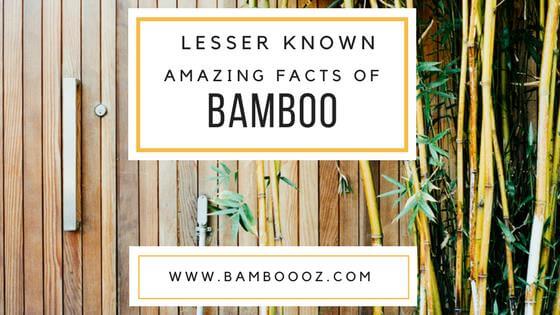
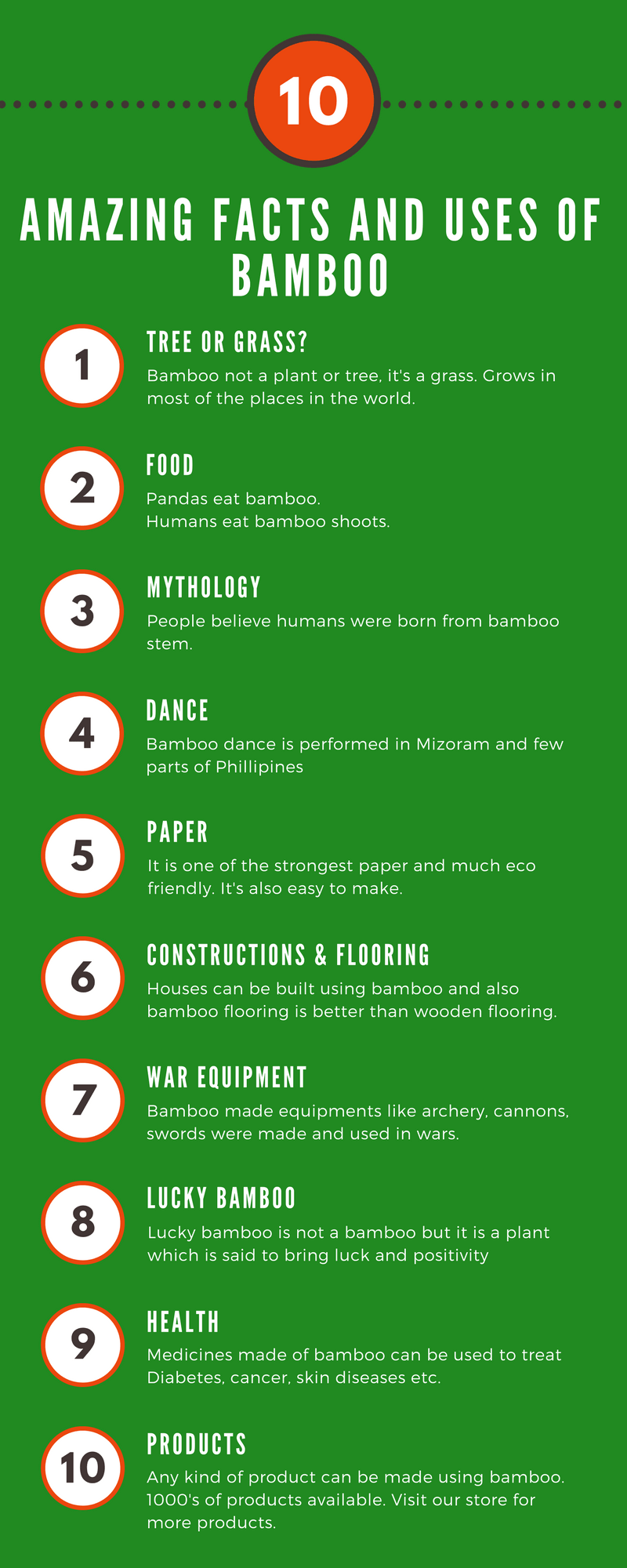
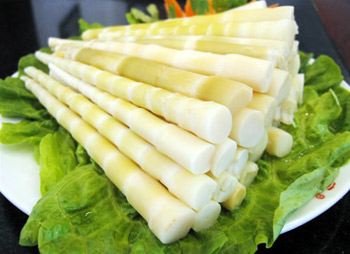

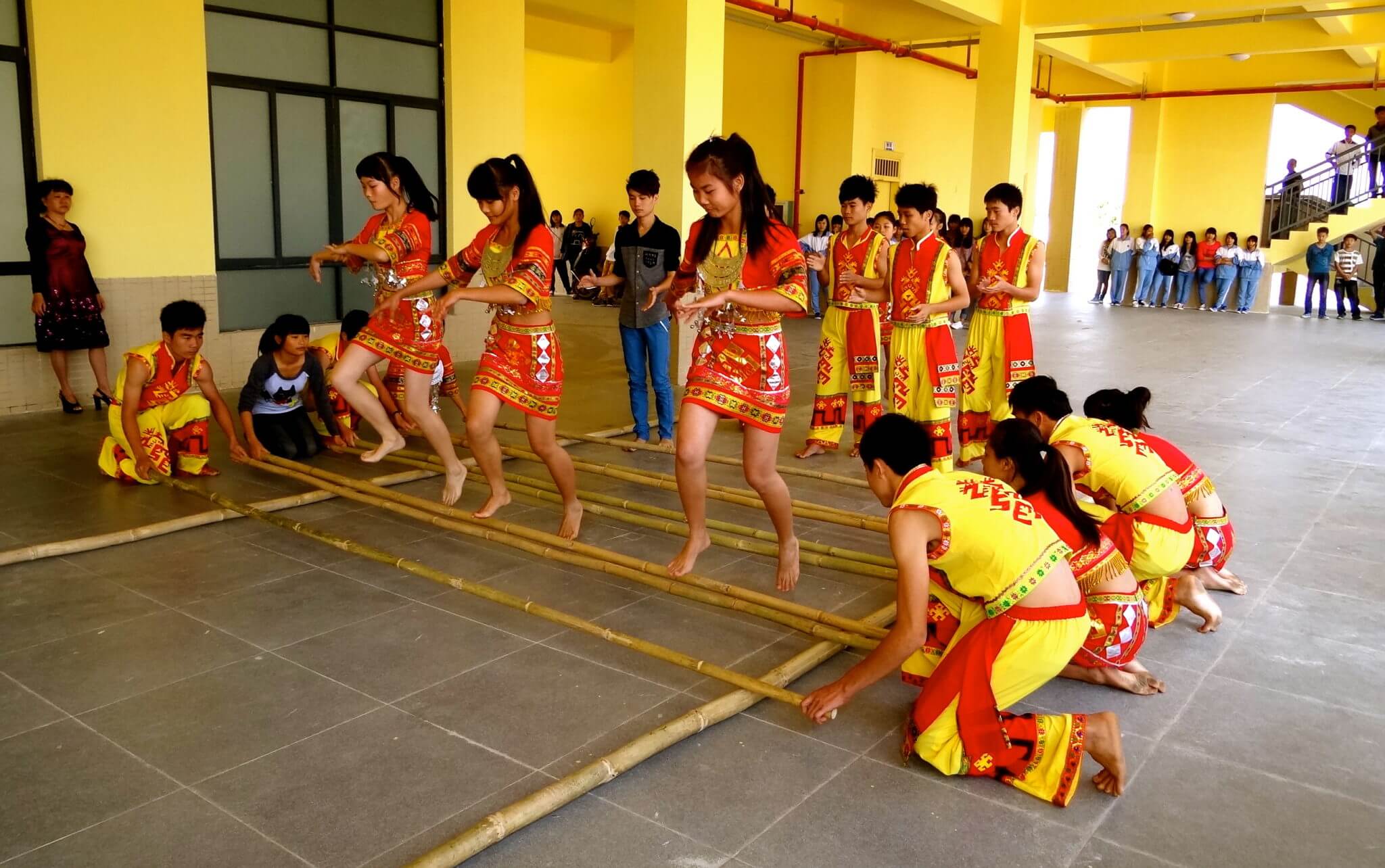
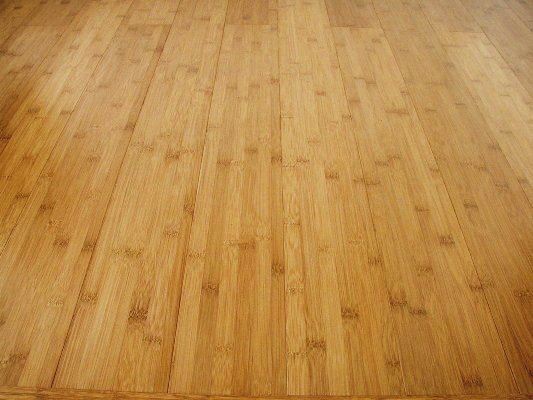
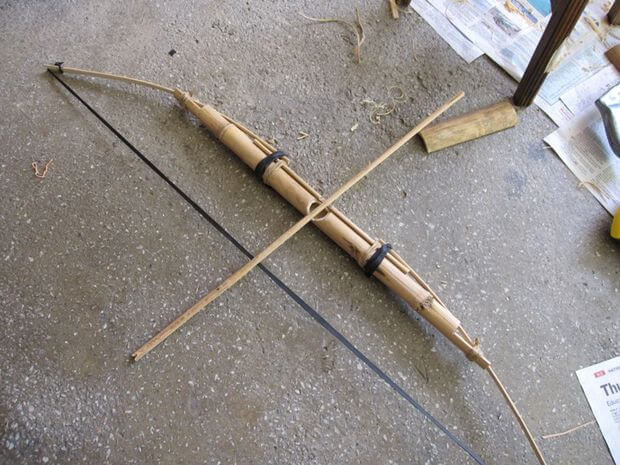
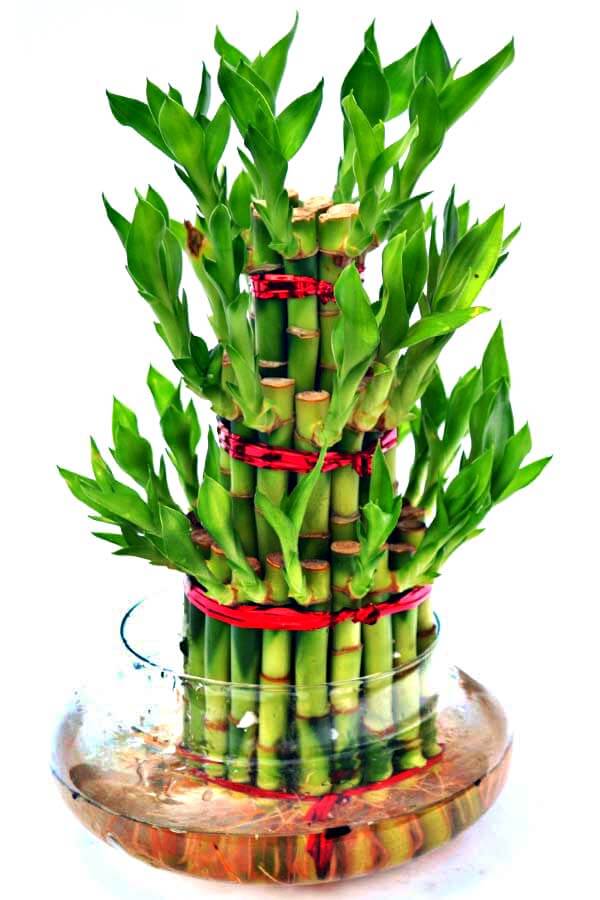
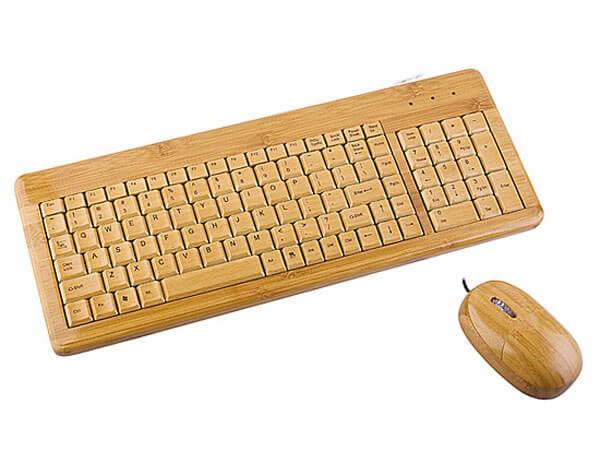
Very nice article and pics are awesome. Thanks for share this
Thank you for the kind words 🙂
Really a very helpful article thanks for sharing and keep on sharing!